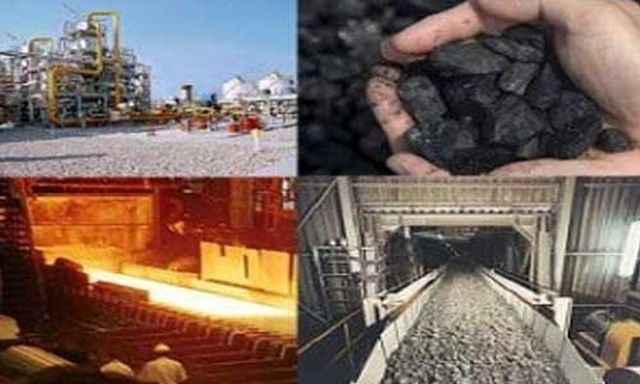
Having learnt from Posco episode, Odisha creates land bank for industries
Bhubaneswar : Mineral-rich Odisha, aspiring to become a manufacturing hub in India with downstream metal industries, has “learnt from the Posco experience” and prepared a GIS-based land bank of 121,000 acres for various industries, according to a top official.
Unlike many other states, Odisha has stopped signing Memorandums of Understanding (MoUs) with companies. Instead, it has been focusing on project implementation, the official said.
“The Posco project did not come up for many reasons, but the state government has learnt from that particular experience. Among many reasons, one was related to land acquisition. As a result of which, some delay did happen.
“Other reasons were mostly regulatory issues. With the introduction of auction-based regime for allotting (iron ore) mines, the understanding that we had with Posco for allotting the mine for captive use could not materialise,” Industries Department Principal Secretary Sanjeev Chopra told a visiting IANS correspondent.
“Learning from land acquisition issues of the past, the state has been proactive in creating a GIS-enabled land bank. According to the latest data, 121,000 acres of land bank has already been identified in two categories. Category A is readily available with Odisha Industrial Infrastructure Development Corporation (IDCO) and the category B land is also reserved for industries,” he added.
He said the entire land bank, industrial estates and clusters have been put on a GIS-based platform and investors can search according to their needs.
The state was, however, keen to recover from its Posco setback as the proposed 12 million tonnes mega steel plant of South Korean steel giant at an investment of $12 billion could not see the light of the day. The Korean steel maker had stated its intention to surrender land acquired for the project.
The state has already offered the same land parcel of 2,700 acres to the Sajjan Jindal-led JSW Steel for setting up a 12 million tonne steel unit.
Asked about the progress on this front, Chopra said: “The forest clearance was in the name of Posco and JSW would need to apply for transferring the clearance in its name. JSW is probably in the process of applying for that. Land assessment was conducted based on their (JSW) requirement and the recommendation was 2,900 acres.”
Chopra, however, claimed that Odisha topped among all the states in the country with a high rate of conversion of MoUs into actual investments.
“Out of 92 MoUs signed in 2004-05, 46 have gone into production with 50 per cent conversion rate. However, the state government has stopped following a MoU-driven approach since 2015. An MoU has no legal sanctity. In a change of strategy, we assure project disposal within 30 days of application by an investor. We remain focused on actual implementation on the ground,” he said.
The state has developed a single-window Go-Swift portal, which serves all the government-to-business interactions in the entire investment lifecycle.
According to Chopra, 124 investment proposals worth Rs 3.64 lakh crore (over $55 billion) were received in the run-up to the 2016 edition of the Make in Odisha conclave, and 76 of them “are now under implementation or in the process of getting approvals”.
The state, with 99 per cent of the country’s chromite reserves, 51 per cent of iron ore deposits, 39 per cent of bauxite, 22 per cent of coal and 18 per cent of manganese, has already become a major producer of metals in India and is now focusing to add value to metals that it is producing, through downstream industries.
“The state has established an aluminium park at Angul with the National Aluminium company for producing molten aluminium and Vedanta has given a proposal for a similar kind of facility at Jharsuguda on which we are working,” Chopra said.
Jindal Stainless Ltd has submitted a proposal to set up a private industrial park in Jajpur district to promote manufacturing of downstream products from stainless steel, he said.
“Tata Steel is also considering setting up a downstream park where hot metal can be made available at Kalinganagar, though it is in its early days. With these parks and projects coming up in due course, the objective is we should be able to add value to 50 per cent of metal that we are producing within the state by 2025,” Chopra added.
(Bappaditya Chatterjee was in Odisha at the invitation of Odisha’s Department of Industries. He can be contacted at bappaditya.c@ians.in )
—IANS


